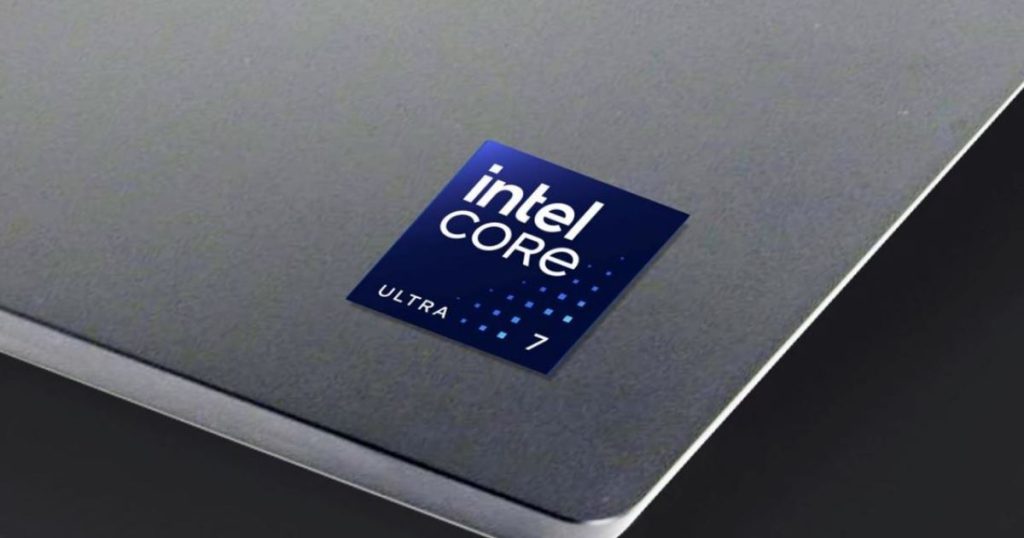AMD’s rise in the laptop processor market has led to a steady decline in Intel’s market share. According to Stocklytics.com, Intel’s market share dropped by 20%, while AMD’s grew to nearly 22% of the global processor market by the third quarter of 2024.
In the past, Intel held a dominant position in the market with a 91% share from the third quarter of 2016 to the second quarter of 2019, while AMD only had around 8%. However, by the third quarter of 2024, Intel’s share had fallen to 71.9%, and AMD’s had risen to 21.7%, marking a significant shift.
Intel began the first quarter of 2024 with a 77.3% share, compared to AMD’s 20.4%. Since then, AMD has seen a 1.3% increase in market share, while Intel’s share has decreased by 5.4%. Intel’s manufacturing delays have been cited by Stocklytics financial analyst Edith Reads as a contributing factor to AMD’s market gains.
These numbers do not reflect Qualcomm’s entry into the market with the Snapdragon X chips as part of the Copilot+ PCs.
Intel’s recent manufacturing challenges, particularly with its 10-nanometer node process, have contributed to its market decline. To address this, Intel plans to outsource TSMC’s advanced 3nm process for its upcoming Lunar Lake laptop CPUs, aligning its technology with AMD’s new laptop chips.
Intel also has plans to release the Intel 20A node for its Arrow Lake desktop CPUs this year and the Intel 18A node next year. Panther Lake, scheduled for release in 2025, will also utilize Intel 18A nodes.
Recent reports have highlighted stability issues with Intel’s Raptor Lake CPUs, affecting both desktop and laptop processors. These problems, impacting the 13th and 14th Gen CPUs, result in crashes and performance drops, especially in gaming and demanding applications.
Intel has acknowledged these issues and stated that they are aware of instability reports related to the 13th and 14th Gen mobile processors. The company advises users experiencing problems to contact their system manufacturer for assistance.


